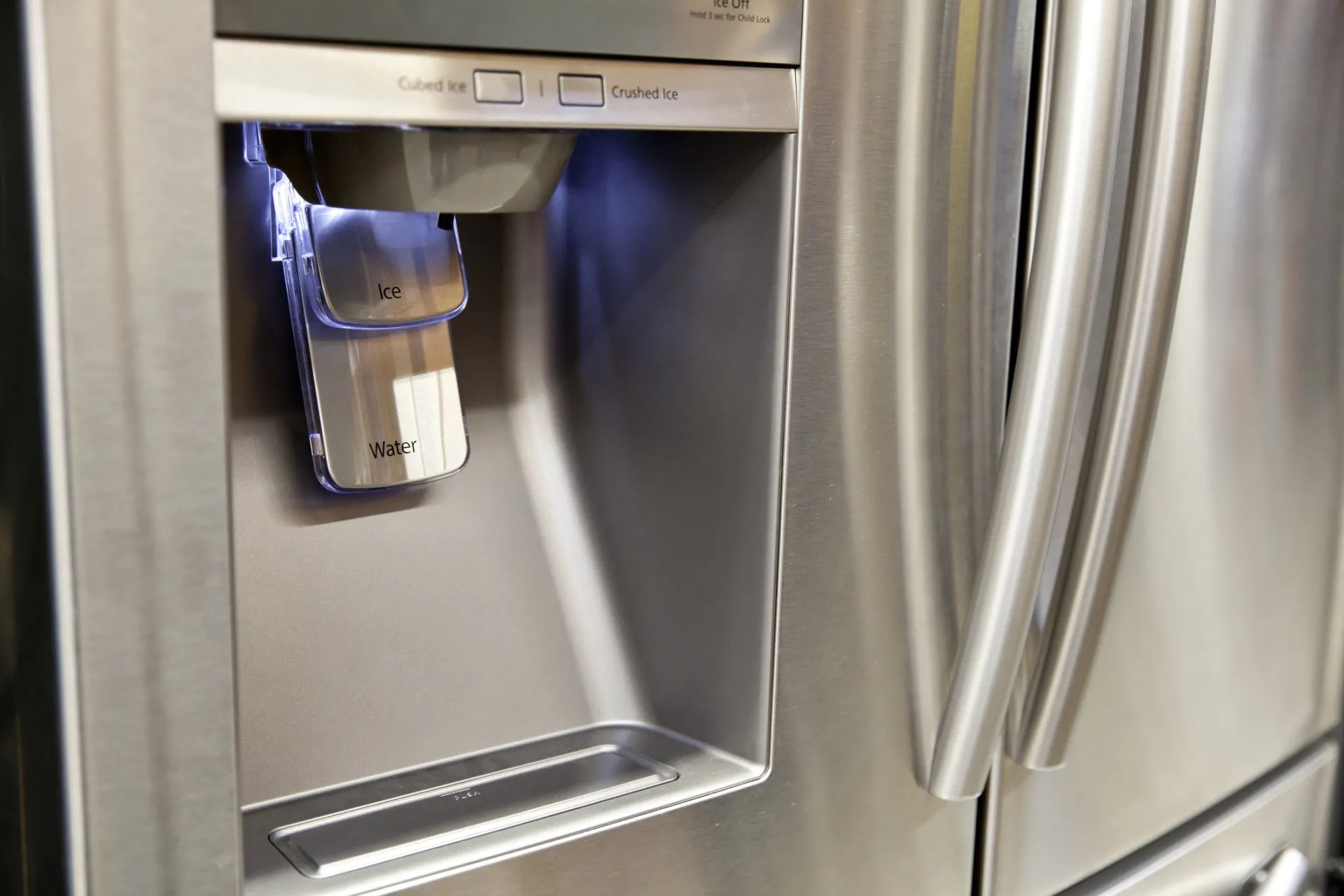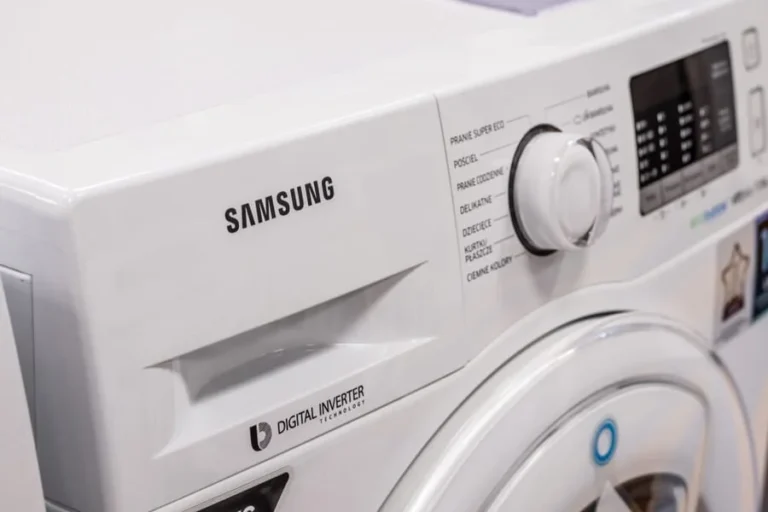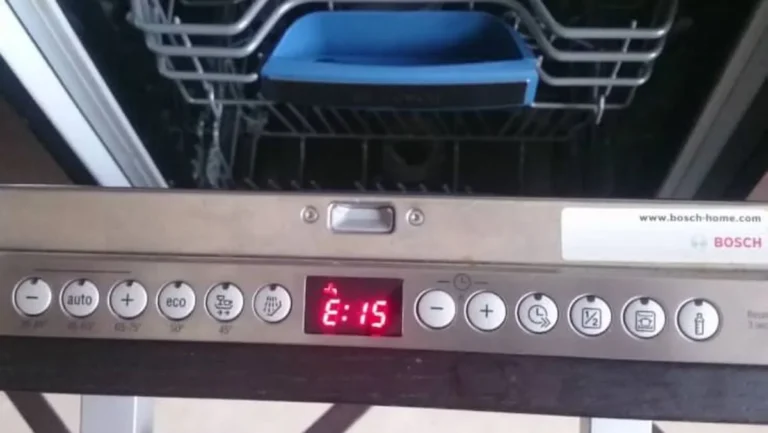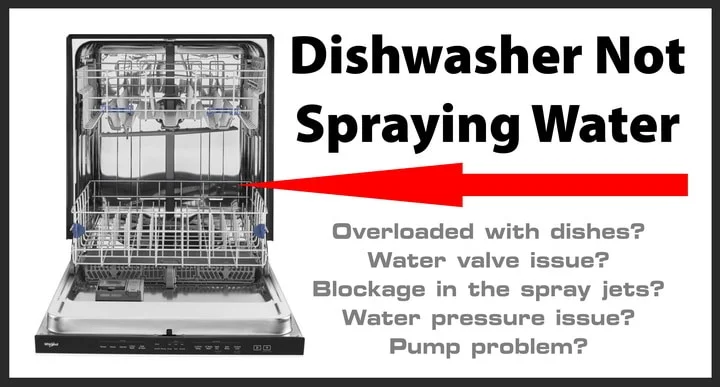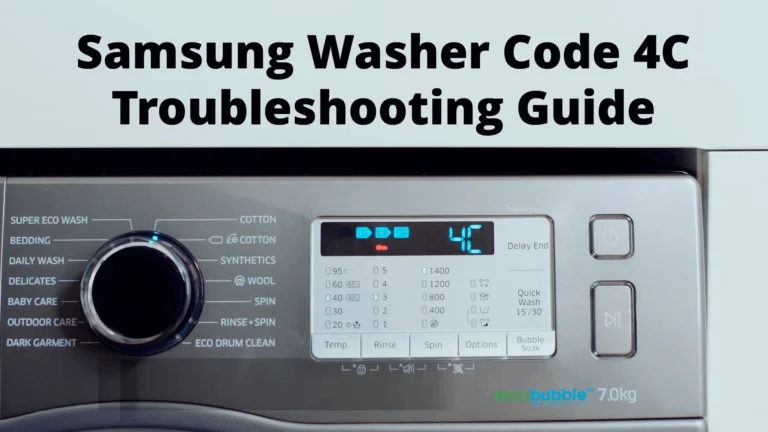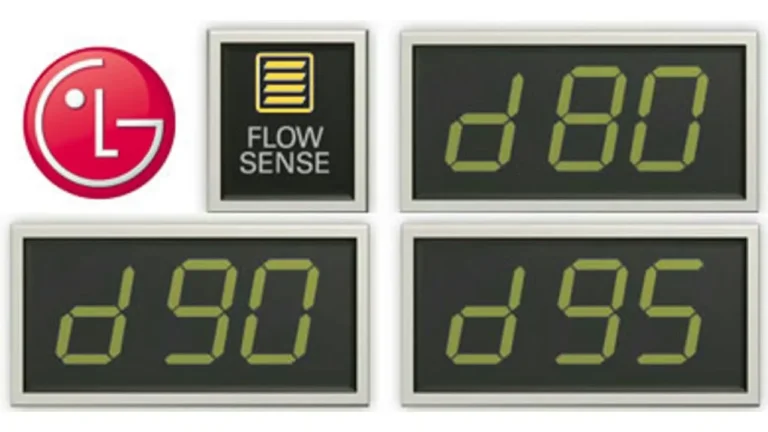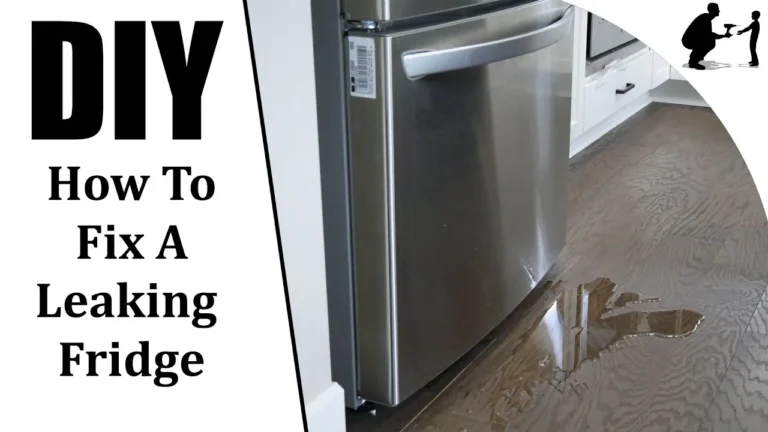Samsung Ice Maker Not Working
Having an ice maker in your fridge can be incredibly convenient – until it stops working properly. If you have a Samsung refrigerator with an ice maker that suddenly stops producing ice, it can be frustrating trying to figure out how to get it working again. This comprehensive guide will walk you through the most common reasons a Samsung ice maker malfunctions and show you step-by-step how to get your ice maker working again.
Why Is My Samsung Ice Maker Not Working?
There are several possible reasons why your Samsung ice maker has suddenly stopped functioning:
The Ice Maker Is Turned Off
Before you do anything else, check to make sure the ice maker hasn’t just been turned off. The switch is usually located on the ice maker itself or the control panel on the fridge door. Flip the switch to the “On” position and wait 24 hours to see if the ice maker starts working again.
The Freezer Temperature Is Too High
In order for an ice maker to properly freeze water into ice cubes, the freezer needs to be around 0°F. If the temperature rises above 10°F, ice cube production will slow or stop completely. Double check that your freezer temperature is set between 0°-10°F.
There Is A Blockage In The Water Line
If water can’t get to the ice maker to begin with, you’ll end up with an unused ice maker. Check the water supply line and water filter for any kinks or obstructions that could be blocking water flow. Unplug the fridge, disconnect the water line, and inspect the line thoroughly. Replace any damaged parts.
The Water Supply Line Is Damaged
Sometimes the water supply line itself becomes damaged, preventing water from reaching the ice maker. Examine the supply line carefully looking for cracks or splits that could be leaking. If you find damage, you’ll need to replace the water supply line.
There’s A Mineral Buildup
Hard water that’s high in minerals like calcium and magnesium can leave behind mineral deposits and scale inside the ice maker over time. This prevents the ice maker from properly functioning. Cleaning the ice maker with a descaling solution can remove this buildup.
The Ice Maker Mold Is Jammed
Ice cubes get made in tray molds inside the ice maker. If these molds get jammed due to frozen ice buildup or other obstructions, the ice maker can’t produce new cubes. Carefully inspect the mold for any obstacles like ice shards or chunks that need to be removed.
The Ice Maker Ejector Arm Is Stuck
There’s a metal arm inside the ice maker that swings down to eject the ice into the bin. If this arm gets stuck in the upward position, no ice can be ejected. Try gently moving the arm down and troubleshoot what’s blocking it from moving properly.
The Optical Sensor Is Dirty
There’s an optical sensor that detects when the ice bucket is full. If this sensor gets dirty, the ice maker won’t know when to stop ice production. Carefully clean the sensor with a soft cloth or cotton swab.
How To Troubleshoot A Samsung Ice Maker
Now that you know the most common issues, here are the general steps to troubleshoot a Samsung ice maker that’s not working:
1. Check The Basics
- Make sure the ice maker is turned ON
- Confirm the freezer temp is between 0°-10°F
- Allow 24 hours for ice production after fixing issues
2. Check For Obstructions
- Inspect the water supply line for kinks and damage
- Replace water filter cartridge if over 6 months old
- Descale ice maker mineral buildup if you have hard water
3. Examine The Internal Components
- Check ice mold for jammed cubes or shards
- Ensure ejector arm swings freely to eject ice
- Clean optical sensor with soft cloth if dirty
4. Test Ice Maker
- Pour water directly into ice mold and check for freezing
- Manually engage ejector arm to test ice dispensing
5. Reset Ice Maker
- Unplug fridge for 1 minute to reset
- Be sure water supply line is securely reconnected
6. Replace Defective Parts
- Replace water supply line if damaged
- Install new water filter cartridge if needed
- Replace entire ice maker if component parts are damaged
Following these troubleshooting steps will help you pinpoint what’s wrong with your Samsung ice maker. Keep reading for more detail on how to diagnose and fix the most common issues.
Fix Water Supply Problems
If your ice maker isn’t receiving water, your water supply line is the first thing to check. Here’s how to fix the most common water supply issues:
Unclog A Blocked Water Supply Line
First unplug the fridge to cut power. Locate the water supply line that runs from the wall to the back of the fridge. Disconnect the line and inspect it thoroughly for any kinks, sharp bends, or obstruction. Kinks can prevent water from flowing properly. Straighten any bends.
Check for sediment buildup inside the line by disconnecting it from the wall and running water into a cup. If the water flow is weak, you may need to descale the water line to clear out any blockages. Reconnect the supply line securely.
Replace A Damaged Water Supply Line
Examine the supply line for any cracks, splits, or perforations that could be causing leaks. Damage near the wall connection or back of the fridge is common. If damage is found, you’ll need to replace the supply line. Turn off the fridge’s water supply valve first before disconnecting the old line.
Install a new Samsung OEM replacement water supply line, taking care to tighten all connections securely. Slowly turn the water valve back on and check for leaks before plugging the fridge back in.
Adjust The Water Pressure
If the water flow from the supply line is too weak, the ice maker won’t receive enough water. The water pressure entering your house from the main line needs to be between 20-120 PSI. Use a water pressure gauge to check.
If pressure is low, adjust your main shut off valve until the pressure reads between 50-60 PSI for optimal ice production. Also double check the supply valve behind the fridge is fully open.
Why Is My Ice Cloudy or Small?
Cloudy or small ice cubes are another common ice maker problem. The cause usually stems from low water pressure, a dirty water filter, or high mineral content in your tap water. Here’s how to fix it:
Replace The Water Filter
The water filter attached to the supply line filters out contaminants before water reaches your ice maker. But over time it can become clogged, resulting in low water flow. If your ice is cloudy or tiny, replacing the filter cartridge should help.
Locate the cylindrical water filter inside the fridge and unscrew the old cartridge. Confirm the replacement cartridge number for your specific Samsung model and install the new filter. Flush the system for 5 minutes before making new ice.
Check For Mineral Buildup
Hard water with high amounts of dissolved minerals can cause scale buildup in your ice maker over time. This prevents the molds from properly freezing water.
Descaling the ice maker to remove this mineral buildup should help restore proper functionality. Use a store-bought descaling solution or mix a DIY vinegar cleaning solution. Flush the ice maker system thoroughly after descaling.
Increase The Water Pressure
If adjusting your home’s main water pressure doesn’t help, you may need to raise the pressure entering your fridge’s supply line. Install an inline water pressure pump or water booster pump between the supply line and shut off valve. Increase pressure between 50-60 PSI for clear, full-sized ice cubes.
Fix An Ejector Arm That’s Stuck
The ejector arm’s job is to lift up and sweep ice cubes out of the mold so they can fall into the dispenser bin below. If this arm gets stuck, no ice can get ejected. Here’s how to fix it:
Remove Obstructing Ice Buildup
Over time, ice shards and chunks can accumulate around the ejector arm, freezing it in place. Carefully remove any built-up ice by hand or use a plastic utensil to chip away at it. Once fully cleared, the arm should swing freely again.
Check For Mechanical Issues
Inspect the gear mechanism that rotates the ejector arm to discharge ice. Make sure no ice has gotten into the gears to jam it. If the gears or arm itself are damaged or worn out, replacement parts may be needed.
Manually Cycle The Ejector Arm
Unplug the fridge to reset the ice maker. When powered back on, the ejector arm should cycle once automatically. You can also gently assist the arm through one downward rotation to test that ice dispenses properly. Just take care not to damage the arm.
If the arm continues getting stuck after troubleshooting, the internal ice maker unit may need professional repair or replacement.
Why Is There Ice Buildup In The Bin?
Finding a huge chunk of ice accumulated in your dispenser bin rather than loose cubes can also prevent ice from properly dispensing. Here’s how to handle ice buildup:
Remove The Ice Buildup
Carefully break apart large masses of frozen ice in the bin by hand. Prying with a tool like a plastic utensil can help break it into smaller pieces for removal. Once all built-up ice is cleared out, regular ice dispensing can resume.
Check For Temperature Issues
If ice is accumulating rather than being dispensed, it may be an indication your freezer is too warm. Lower the temperature closer to 0°F to prevent ice blobs from forming and ensure proper dispensing.
Check The Dispenser Chute
If ice gets backed up in the dispenser chute, melt buildup can occur. Make sure there are no obstructions in the chute by looking inside while pressing the dispenser paddle. The ice should eject freely.
Clean Out A Jammed Ice Mold
The ice mold contains the trays and plastic cavities that form all the ice cubes. If these molds get fouled with mineral scale or buildup, ice production halts. You’ll need to clean out the ice mold.
Remove Ice Fragments From The Mold
Carefully dump out any remaining ice from the mold trays. Then use a small plastic spoon or pick to gently pry out any lingering ice shards or scales stuck in the cavities. Avoid damaging the plastic mold components.
Descale The Ice Mold
Mix up a DIY vinegar descaling solution using a 1:1 vinegar-to-water ratio. Slowly pour the mixture over the empty ice mold, letting it sit for several minutes. The vinegar will dissolve any scale buildup. Rinse thoroughly before replacing mold trays.
Check Water Fill Tube
Examine the small tube that fills the ice mold with water as part of the cycle. Make sure the opening isn’t obstructed by any debris which could block water flow. Clear any buildup out of the tube.
When To Replace The Ice Maker
If you’ve tried all the troubleshooting steps and your Samsung ice maker still won’t work, it may be time for professional service or replacement:
- If the ice maker’s internal motor or control board become non-functional, repair may not be possible. Replacement would be needed.
- Severe ice buildup or mineral scale that cannot be removed may mean portions of the ice maker are damaged beyond repair.
- If the ejector arm breaks or ice mold is warped or cracked, replacement parts may not fix issues.
- Any diagnostics errors on the control panel likely indicate a failed ice maker needing replacement.
- Strange noises like squeaking or grinding could signify a damaged internal component.
Always consult with Samsung support before replacing the ice maker. Provide the fridge’s model number and full troubleshooting history. Replacing the ice maker may be covered by your warranty.
Prevent Future Ice Maker Problems
To avoid future malfunctions, proper maintenance is key:
- Replace the water filter cartridge every 6 months or when output drops.
- Periodically clean the ice maker with a vinegar solution to prevent scale buildup.
- Empty the dispenser bin regularly so ice can eject properly.
- Avoid overstuffing freezer shelves which can obstruct air flow to the ice maker.
- Keep the freezer temperature between 0°-10°F for optimal performance.
- Listen for strange noises that could indicate issues are arising.
- Adjust water pressure if ice becomes cloudy or small.
- Test ice maker operation regularly to catch problems early.
Get Help Fixing Your Samsung Ice Maker
Troubleshooting and repairing an ice maker that stops working properly can definitely be a hassle. But following this guide, you should now understand the common reasons a Samsung ice maker malfunctions, and how to systematically diagnose and fix the problem yourself. Just take it step-by-step.
However, if you’ve tried all solutions and the ice maker still doesn’t work, your best option is to have a professional repair technician examine it. They can determine if total replacement is required and offer expert installation. Be sure to consult Samsung support as well, since certain issues may be covered under warranty. And consider preventative cleaning and maintenance to maximize your ice maker’s lifespan.

